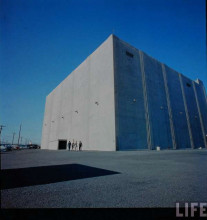Beware the CEO who knows 'everything about tech'
Of course, CEOs come in all stripes, from the out-of-touch to the malevolent. Then there are the ones who mistakenly think they know all about technology, often embracing cutting-edge releases to bask in the attention of being known as an early adopter. What lowly tech can remove them from their deluded pedestal?












































































